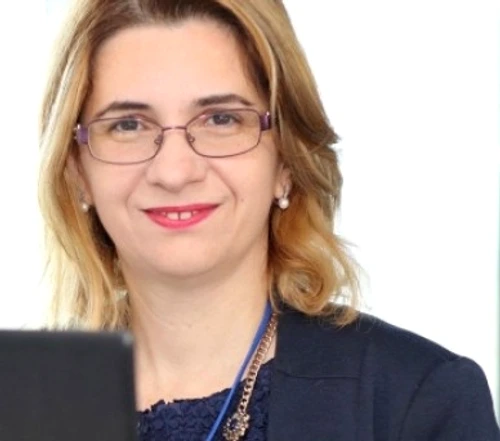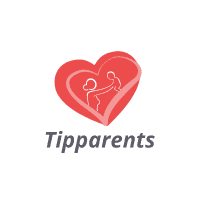
Before reaching the age of 2, the child should already have a series of linguistic, cognitive and socialization acquisitions, as indicated by the psychologist Daniela Gavankar. Look what a little one up to two years old should know how to do!
1. Language and communication – the child up to two years old must be able to: – execute simple commands, without being given indications by gestures; – to be able to give or show 10-12 familiar objects, upon request; – to indicate 3-5 images from a book, when asked; – to show at least 3 parts of his and others’ body; – to answer the question “what is this?”; – to say his name or nickname and to name the other family members with whom he lives; – name toys; – to answer “YES” and “NO” to questions that require such an answer.
2. Socialization – by the age of two, the child must know:
– to say “Bye”;
– to respond when called by name, looking at the person who is addressing him or extending his hands towards him;
– to imitate the simple movements of a child at play;
– to imitate the adult in simple actions;
– to look for eye contact for 2-3 minutes;
– to respect the prohibition when told “NO!”;
– to greet acquaintances when asked;
– to hold a book for the adult to read from it;
– take part in games for a short period (push the car, throw the ball to another child);
– the visa has contact with the person from whom it “asks” something.
– before his second birthday, the child should be able to handle himself, eat independently with a spoon and drink from a cup (even if he vomits a little), use gestures or words to draw attention that he needs to go to the toilet, to be able to remove their clothes (socks, trousers, jackets with buttons, etc.). Of course, there are many cases in which the child prefers the adult to do a lot for him, but the distinction must be made between “wanting” and “being able”.
– before the age of two, the child learns to perform simple gestures on request (raises hands), to associate similar objects, but also objects with their image, to point to himself when asked, to overlap 3 cubes on request, to scribble with a pencil , to give the pages of a book.
“An autistic child can be cheerful, active, “sticky” with his parents and relatives. The mother can say “I get along well with my child, I understand what he wants.” The question is whether the others also understand him, whether the child can make known his wishes, needs, whether he shares with others his joy, his upset. That’s why it’s important to pay attention to other signs that could direct you to a specialist’s office”, points out psychologist Daniela Gavankar.
These signs include the following:
– does not respond to the adult’s requests (except when he “wants to”) and seems not to hear or understand what is being asked of him;
– protests when something is asked of him and insists on receiving an answer;
– his play is marked by a stereotypical character (he always uses objects or toys in the same way – he closes/opens them, knocks the objects in certain places, spins them, etc.);
– does not use the objects for their usual purpose (licks, shakes, fills and empties bottles, etc.);
– presents eating and sleeping problems;
– does not want to use words with communication meaning;
– walks on the peaks;
– endlessly repeats certain sounds, words, TV commercials, etc. (echolia).
If you have to tick off an item or two from the entire list, and especially if this happens with a low frequency and intensity, the reasons for concern are minimal. But if the list includes many items, we are dealing with a child who needs additional help. Do not hesitate to ask for it!







































